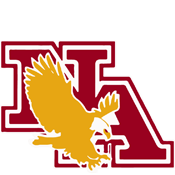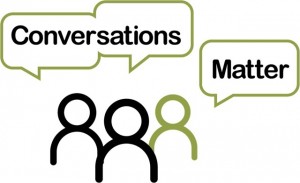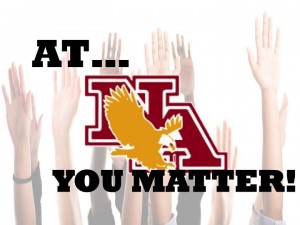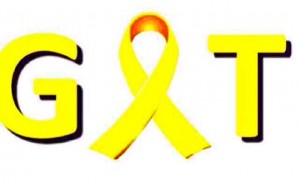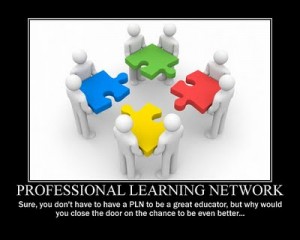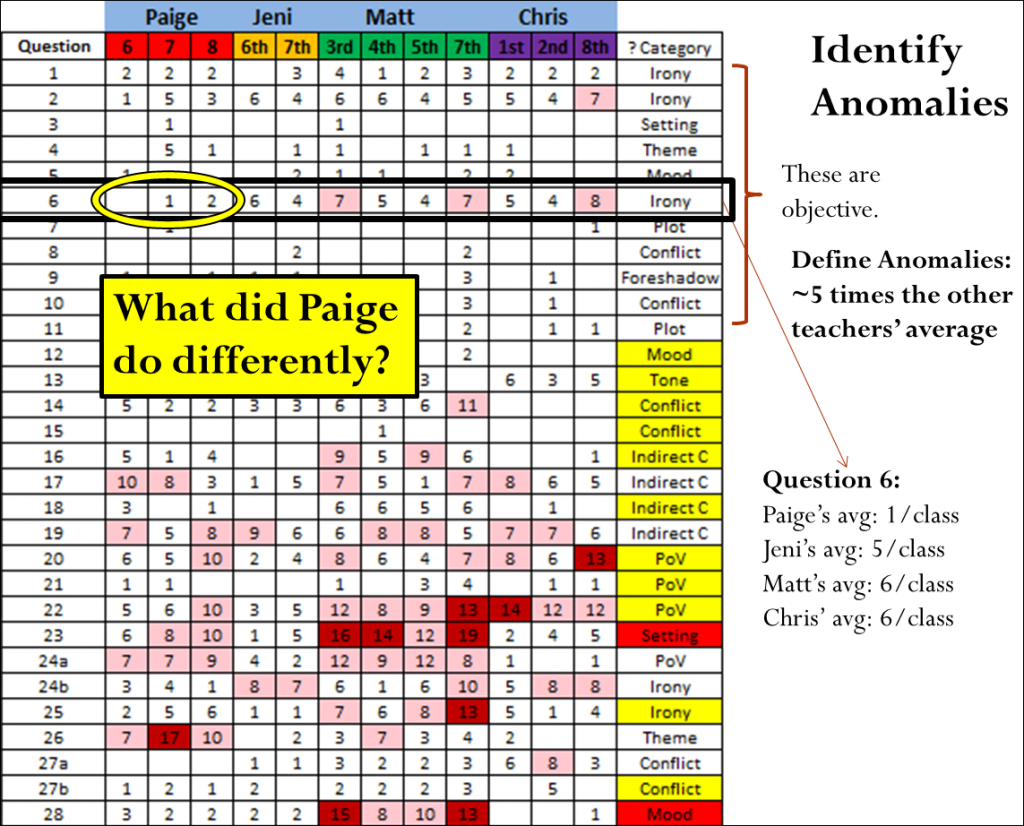 Before I joined the Twitterverse, I was critical of its use and, quite frankly, was turned off by the concept all together. I often read and watched what seemed like ridiculous stories of what celebrities shared about their lives from the foods they ate, who they had lunch with, or whom they were dating. I saw no purpose for it all. However, all that changed about four years ago when my former district embarked on a digital journey.
Before I joined the Twitterverse, I was critical of its use and, quite frankly, was turned off by the concept all together. I often read and watched what seemed like ridiculous stories of what celebrities shared about their lives from the foods they ate, who they had lunch with, or whom they were dating. I saw no purpose for it all. However, all that changed about four years ago when my former district embarked on a digital journey.
I had the opportunity to participate in an intense, three-day social media boot camp facilitated by Debra Jasper and Betsy Hubbard, founders of Mindset Digital. They showed the participants a number of ways to harness the power of Web 2.0 tools to share stories, improve communication strategies, engage students, and improve instruction to meet the needs of today’s learners. What was even more significant is that they showed us how other educators were using these tools on a daily basis to make their teaching and learning visible to the world. It was overwhelming and exciting at the same time. I gravitated towards Twitter and have learned 10 ways I could use it as a building principal:
1. Visible Learning– Concise and thoughtful messages posted on Twitter in real-time about what teachers and students are experiencing in classrooms, in extracurricular activities, or in service-learning projects creates a window into the world of your school. It increases the level of transparency that removes the mystery of school.
2. Highlight teachers– What gets recognized gets repeated, so sending out tweets about the amazing lesson ideas that teachers come up with shines a much deserved light on those whom positively change lives and impact futures.
3. Storytelling– We learn best through story, and Twitter gives a principal a chance to tell brief stories about the activities that go on daily. To enhance visibility, simply create a hashtag for your school, encourage others to use it, and begin posting to Twitter.
4. Expand One’s Personal Learning Network– It is often said that, “The smartest person in the room is the room.” Twitter gives a principal the opportunity to connect with educators outside of the school to learn about pedagogical strategies, connect with educational thought leaders, and communicate with other principals who are doing similar work.
5. Participate in Twitter Chats– A Twitter chat is an easy way to engage a meaningful exchange of ideas, approaches, and hot topics in education. There are a number of chats nearly every day of the week!
6. Start a Twitter Chat For Your Building and/or District-Principals can set up a Twitter chat for his/her school or district as a way to extend staff meeting conversations, discuss relevant articles, or have a book study. The possibilities are endless! Ask a few teachers to join in and off you go!
7. Communicate/Interact With Students– Besides interacting with students in the hallways, classrooms, and events, sharing daily messages via Twitter is an easy way to connect with a large group of students in a short amount of time. Remember to pause before you post.
8. Share Daily Words of Wisdom– I start nearly every day with a brief tweet of words of wisdom. I get the daily messages from a book entitled, 8,789 Words of Wisdom. It starts the day on a positive note for me and for those who receive them.
9. Provide Extracurricular Updates– Principals attend many extra-curricular events and one of the best ways to promote your school is to tweet highlights while at a sporting event, Science Olympiad, etc. Students, parents, and other staff members appreciate the real-time updates. The participants in the activities really appreciate it as well!
10. Post Links To Articles/Blogs– Share articles and blogs that are aligned with building goals, professional goals, or that challenge your thinking. This is one the best ways to contribute to others’ learning as well because what you post may spark an idea, provide the support they need to press on, or launch a new initiative.
I didn’t begin by doing all 10 of the strategies listed, nor should you. Pick one and try it out. Over time, using Twitter will become a part of your daily routine because you will recognize the positive impact it has on creating a culture of learning, sharing, connecting, and story telling.
Be Great,
Dwight




